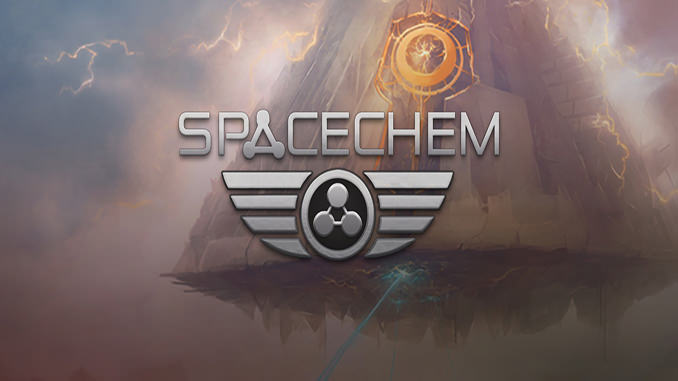

Both E and Z isomers have been accurately characterized, thus providing a reliable basis to guide future astronomical observations. The combination of this formation pathway ‐based on the thermal decomposition of hydrobenzamide‐ with a state‐of‐the‐art computational characterization of phenylmethanimine laid the foundation for its first laboratory observation by means of rotational electric resonance spectroscopy. To tackle both aspects, a multidisciplinary approach has been exploited and a new, easily accessible synthetic approach to generate stable imine‐intermediates in the gas phase and in solution has been introduced. The difference in the two examples comes from the rule that bonds only form to the down and right.Phenylmethanimine is an aromatic imine with a twofold relevance in chemistry: organic synthesis and astrochemistry. The priority of the two bonders on the opposite diagonal doesn't matter. In this case, the lower-left is before the upper-right, and you have to swap diagonally.

However, if your failing output was rotated like this instead: H P The relative priority of the other two bonders doesn't matter. Given how bonding works, we can deduce that the lower-left bonder is running before the upper-left bonder, so swapping them will fix it. You make a 2x2 square of bonders and your input looks like this: P=Cīut when you bond it, it comes out like this: P≡C Let's say you're trying to make the molecule HP≡CO, in a bent configuration.
Spacechem best left unanswered how to#
Lastly, here are some practical tips for how to debug a balky design: Yes, there are two different layouts for the "standard" 2x2 square, and yes, the Super-Bonder really is that weird.

Research (2) (Presumably, can't verify) 1 2

(Credit to Timbo for figuring this out.) This is why the list above doesn't lead to double-bonding: If the layout is 2-1, then the entry (1,2) in the list above doesn't trigger, since 2 (the second bonder) is to the right of the first bonder.


 0 kommentar(er)
0 kommentar(er)
